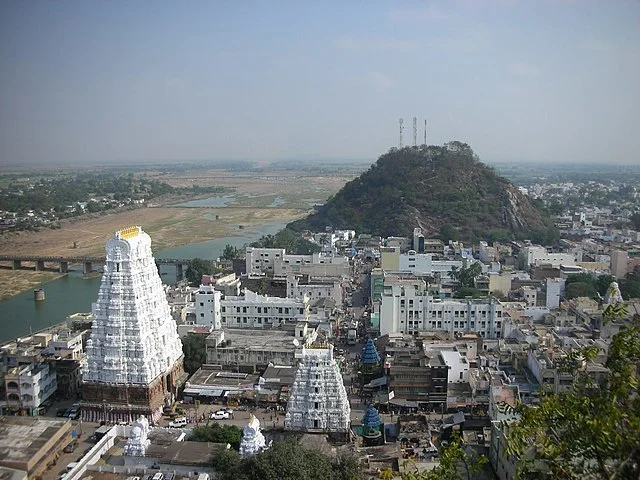The Srikalahasteeswara Temple is a significant Hindu temple dedicated to Lord Shiva. It is located in Srikalahasti, a town in the Chittoor district of Andhra Pradesh, India. The temple is renowned for its architectural grandeur and religious importance, drawing both devotees and scholars alike.
Get your dose of History via Email
Historical Background
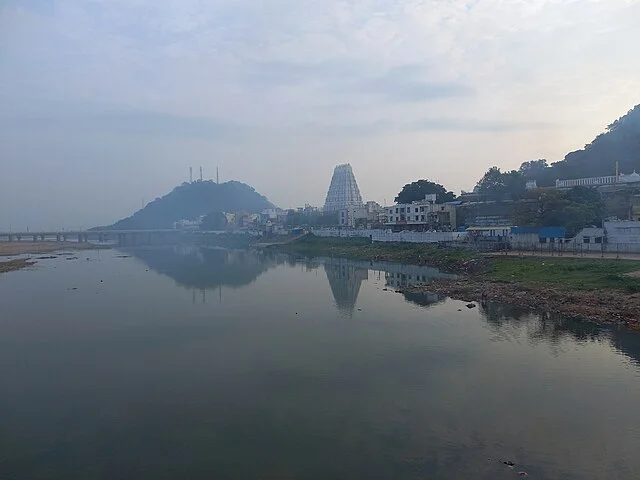
The temple dates back to the 5th century AD, though its structure was expanded and renovated by several dynasties over time. The most notable contributions came from the Chola, Vijayanagara, and Rajendra Chola rulers. These dynasties enriched the temple with additions to its architecture and sculptures.
Architectural Features
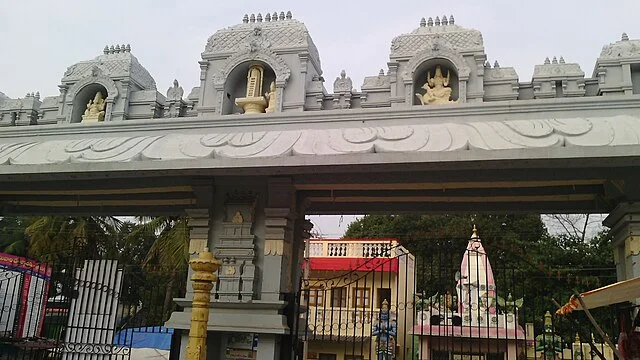
The temple’s architecture follows the Dravidian style, which is typical for South Indian temples. It features a towering, intricately carved gopuram (entrance tower), which stands as a testament to the skill of ancient craftsmen. The temple complex also includes a large courtyard, numerous shrines, and halls.
The sanctum sanctorum houses the Srikalahasteeswara Linga, an idol of Lord Shiva. This idol is particularly significant because it is believed to be self-manifested, or Swayambhu. The temple’s design incorporates elements that align with the principles of Vastu Shastra, further enhancing its spiritual significance.
Significance in Hinduism

Srikalahasteeswara Temple is one of the most revered temples in the Andhra Pradesh region. It is a prominent pilgrimage destination, especially for those observing the Rahu-Ketu dosha (a concept in Hindu astrology). Devotees believe that worshipping at the temple can alleviate various life challenges, particularly those related to the malefic effects of these planets.
The temple is also part of the group of Pancha Kshetras dedicated to Lord Shiva, where devotees come to worship the deity in various forms. It is considered an important center for the worship of Lord Shiva, alongside other major temples in India.
Rituals and Festivals
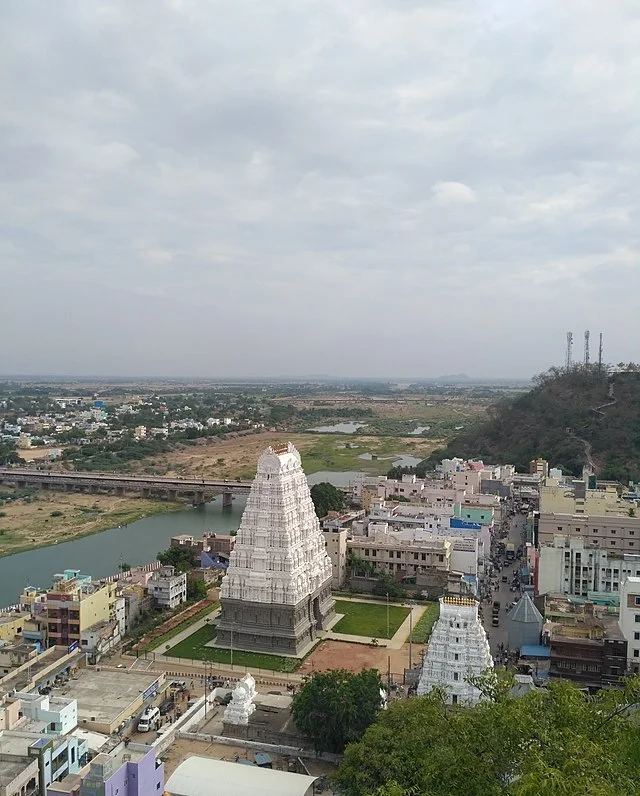
The temple follows a traditional set of rituals throughout the year. Regular worship (puja) is conducted twice a day, with special rituals on auspicious occasions. The temple celebrates many festivals, with the Maha Shivaratri festival being the most significant. During this festival, devotees gather in large numbers to offer prayers, participate in processions, and perform abhishekam (ritualistic bathing of the deity).
Another major event is the Karthika Deepotsavam, a festival of lights that illuminates the temple and its surroundings. It is celebrated in the month of Karthika (November-December) and attracts large crowds of pilgrims.
The Legend of Srikalahasteeswara
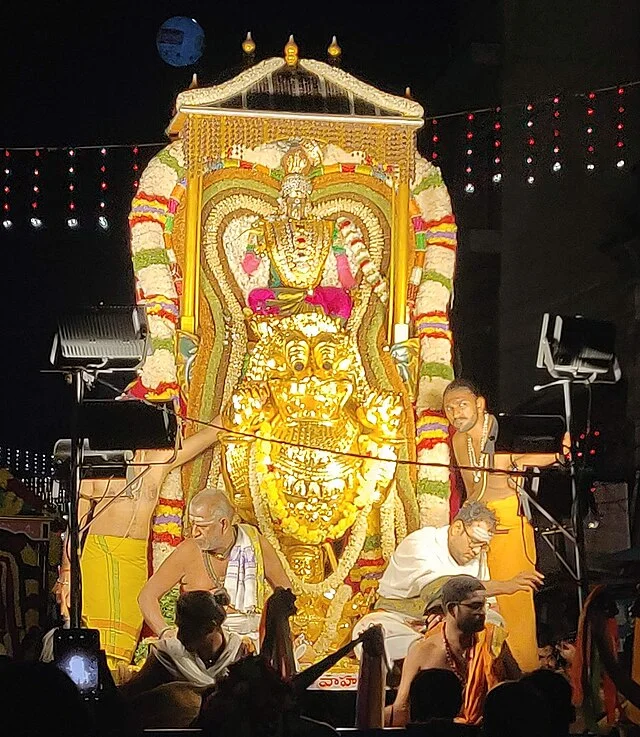
According to Hindu mythology, the temple is closely linked to the legend of the demon Kaalakethu. The demon, a devotee of Lord Shiva, was cursed by the deity after his penance became excessive. As part of his penance, Kaalakethu was transformed into a snake and had to worship Lord Shiva to attain redemption. The town Srikalahasti is said to have been named after the demon, combining “Sri” (wealth) and “Kalahasti” (the name of the demon).
This story underlines the spiritual significance of the temple, as it highlights the power of Lord Shiva’s blessings and redemption for the devoted.
Conclusion
The Srikalahasteeswara Temple is not only a remarkable example of ancient South Indian architecture but also a spiritual hub with deep religious importance. The temple’s rich history, its connection to the divine, and its vibrant traditions continue to attract worshippers from across the world.
Source:

